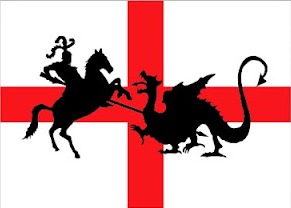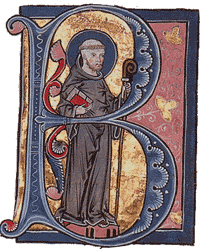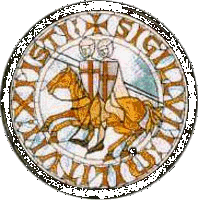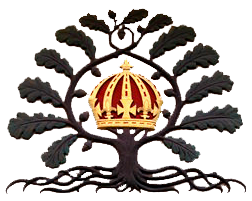What Happened To The Asbury Revival?
 Embryo Parson Posted on
Embryo Parson Posted on  Friday, February 9, 2024 at 10:17PM
Friday, February 9, 2024 at 10:17PM *This.* I said *this* from the get-go. Here's my archive. From the article:
It’s been a year since the beginning of the Asbury “revival” in Wilmore, Kentucky. Last year, from February 8th to February 24th, up to 70,000 people visited Asbury University’s chapel to experience what they called an “outpouring,” an “awakening,” or a “revival.”
For two weeks many of the tens of thousands of people who visited Asbury responded to alter calls and witnessed “prophecies”, “speaking in tongues”, “casting out demons”, and “faith healing” at the chapel.
It was one of the biggest news stories at the time. It received attention from every major news outlet from CNN to Fox News. Conservative political commentators like Ben Shapiro, Tucker Carlson, and Charlie Kirk also talked about it on their shows.
What was happening at Asbury immediately became a sign of hope for Christianity and conservatism in America. Therefore, for some, the Asbury “revival” quickly became a test of the sincerity of some people’s relationship with God.
One revivalist preacher compared the Asbury revival to the Ark of the Covenant. He said:
“Do not pay attention to ‘arm-chair quarterbacks’ writing and critiquing Asbury Revival. They are much like Uzzah putting their hand on the ark. Let God do in this and through this moment what He desires and wills.”
Another preacher responding to those who expressed caution about the revival said: “This revival is revealing the hearts that have lost intimacy with the Lord.”
When I shared my concerns about Asbury, I received hundreds of comments saying:
“You sound like a Pharisee questioning Jesus,” “The Pharisaic legalist mindset is showing up, just like when Jesus showed up and didn’t fit their mold,” “I find this so sad. Reminds me of the religious leaders in Acts,” “You’re a Doubting Thomas,” and “You’re blaspheming the Holy Spirit.”
Another comment said: “I have no doubt God is going to use this movement to change churches and people.”
So a year later, what happened to the Asbury revival? Has God used the revival to change churches?
This week I called churches near Asbury University in Wilmore, Kentucky asking if they’ve experienced significant additions to their church membership or major changes in the lives of their church members because of the “revival.”
Every representative of the churches I spoke to said: “no.”
Nearly all of the people I spoke to said individuals from their churches visited Asbury Chapel during the revival, but they said they couldn’t highlight any lasting outcomes. One representative of a Slavic church said the Russia-Ukraine war has had a more noticeable impact on its members than the “revival.”
Last February, Zack Meerkrabs, the pastor whose sermon apparently started the revival said no one would know if it was a real revival until months later. A year later, it looks like what happened at Asbury was a fad, not a revival.
It was indeed. What's more, we don't need revival(ism).





Reader Comments